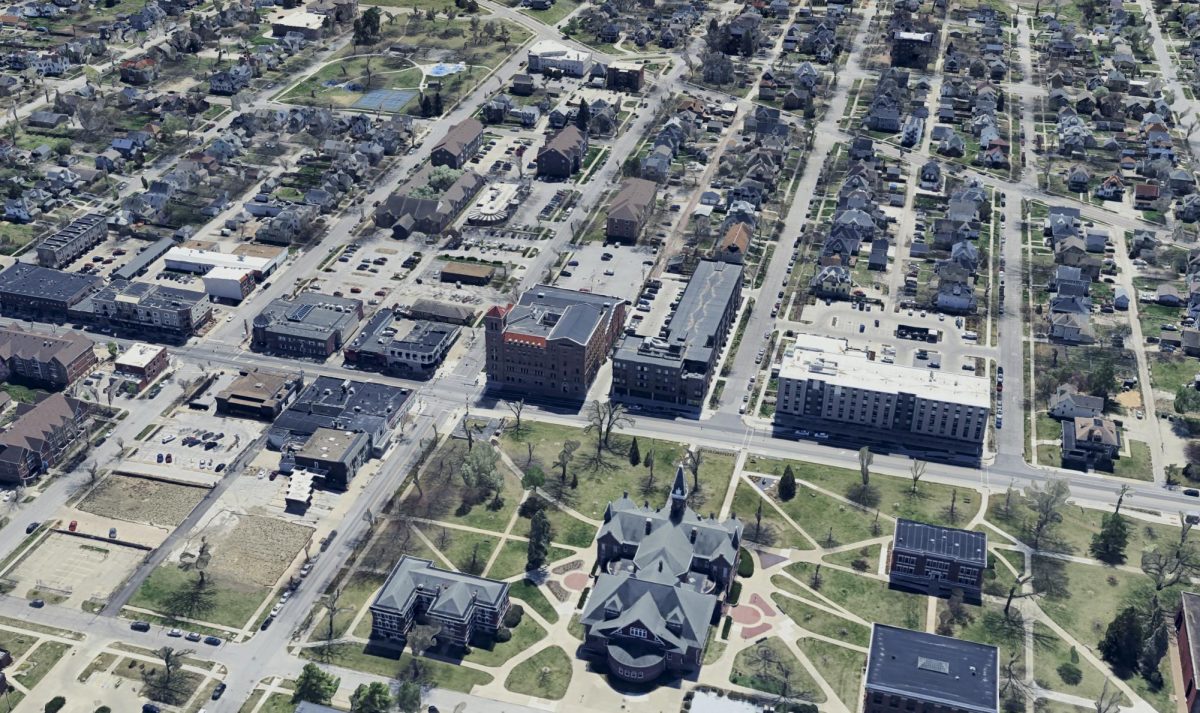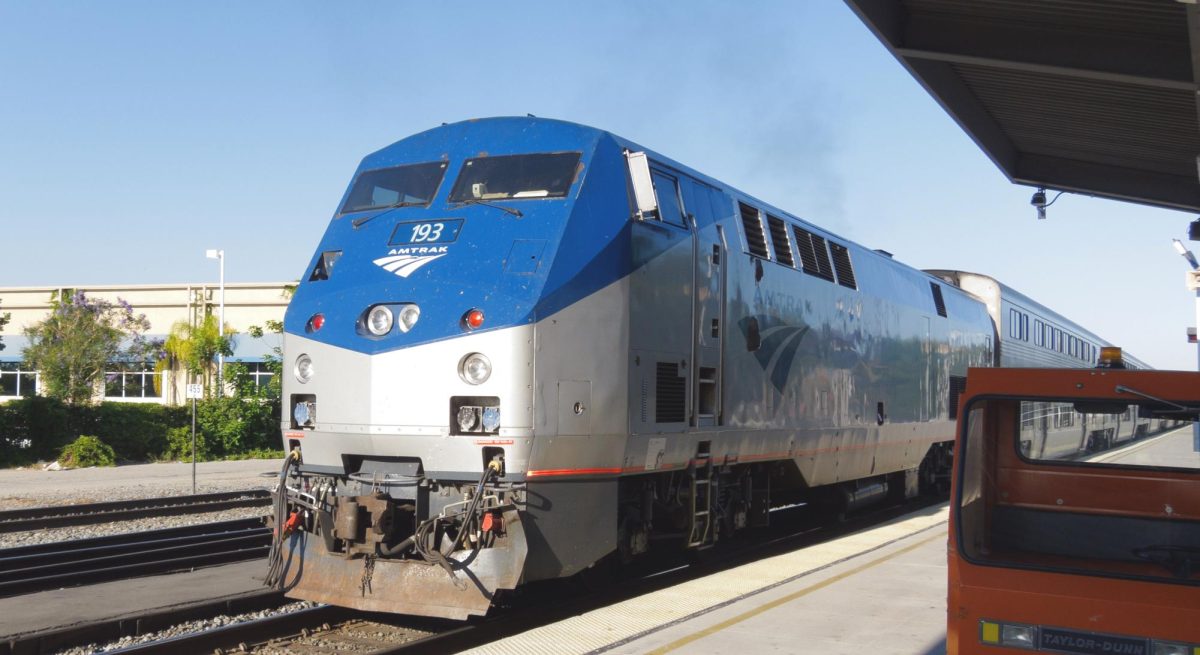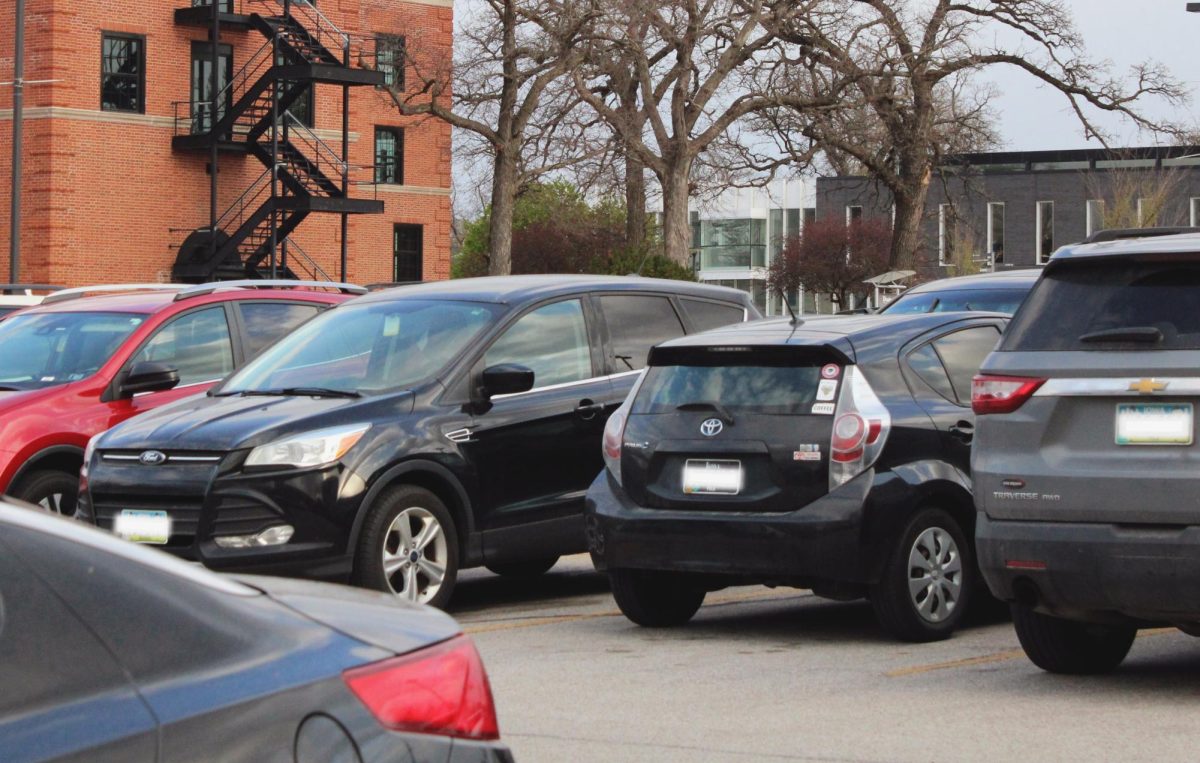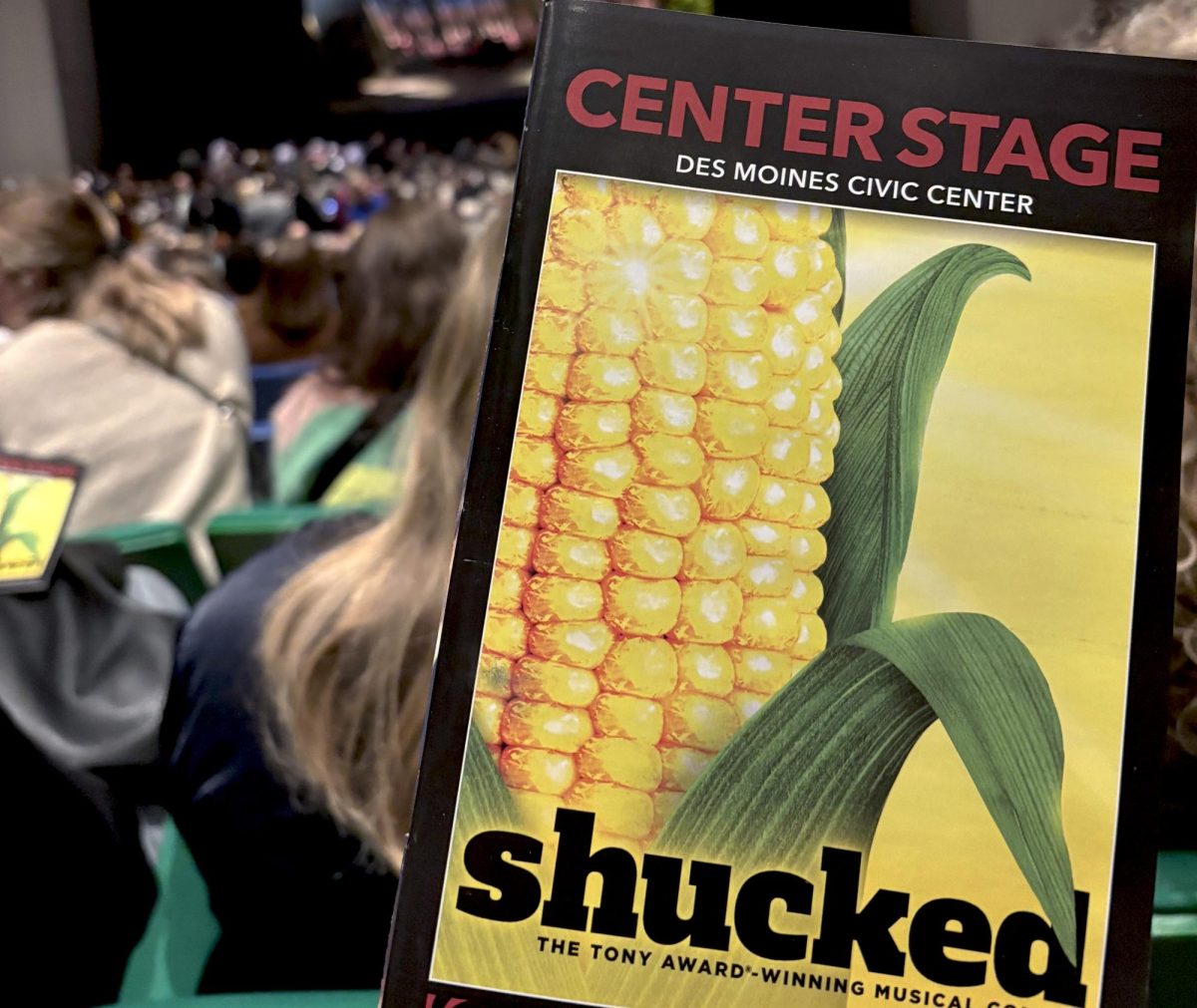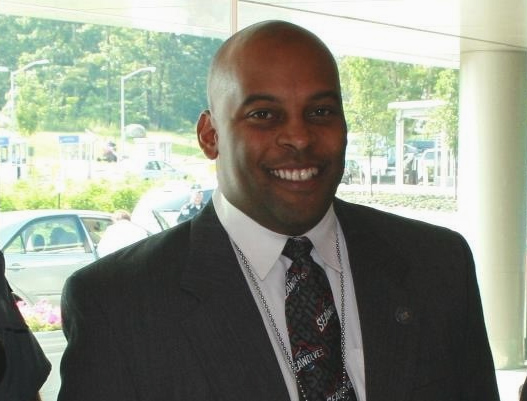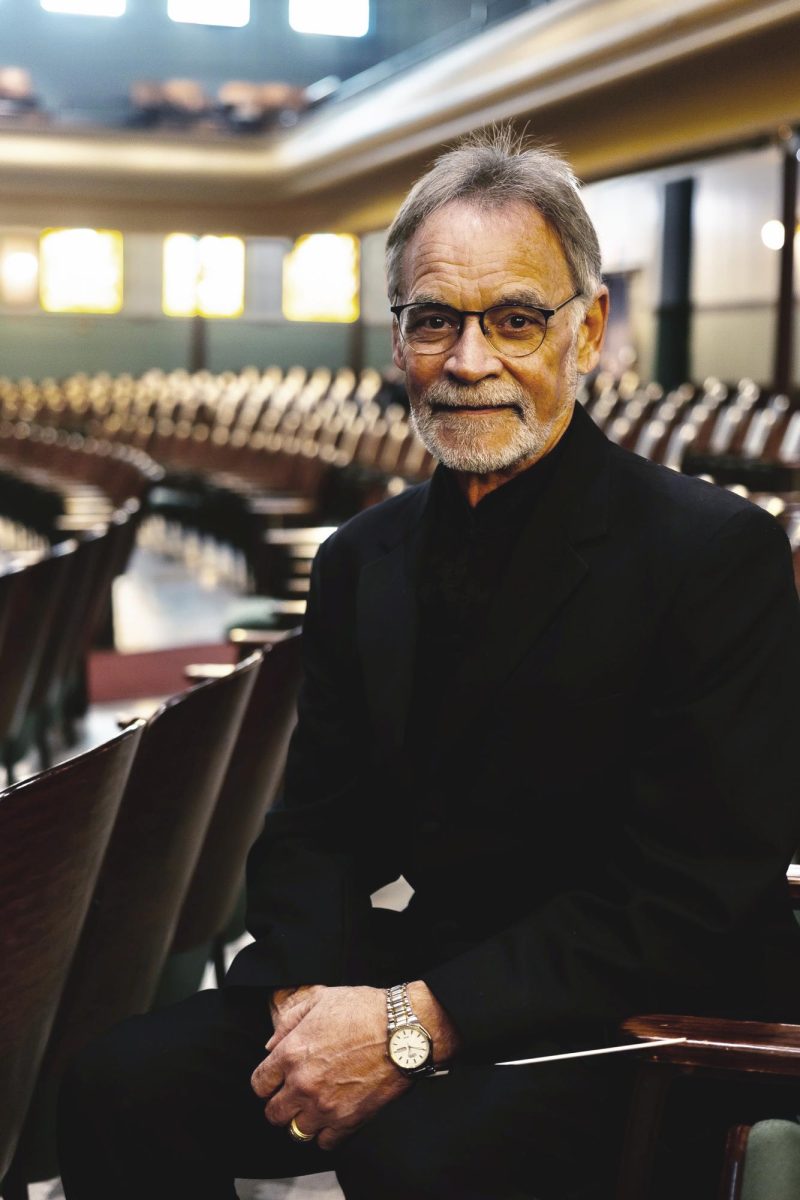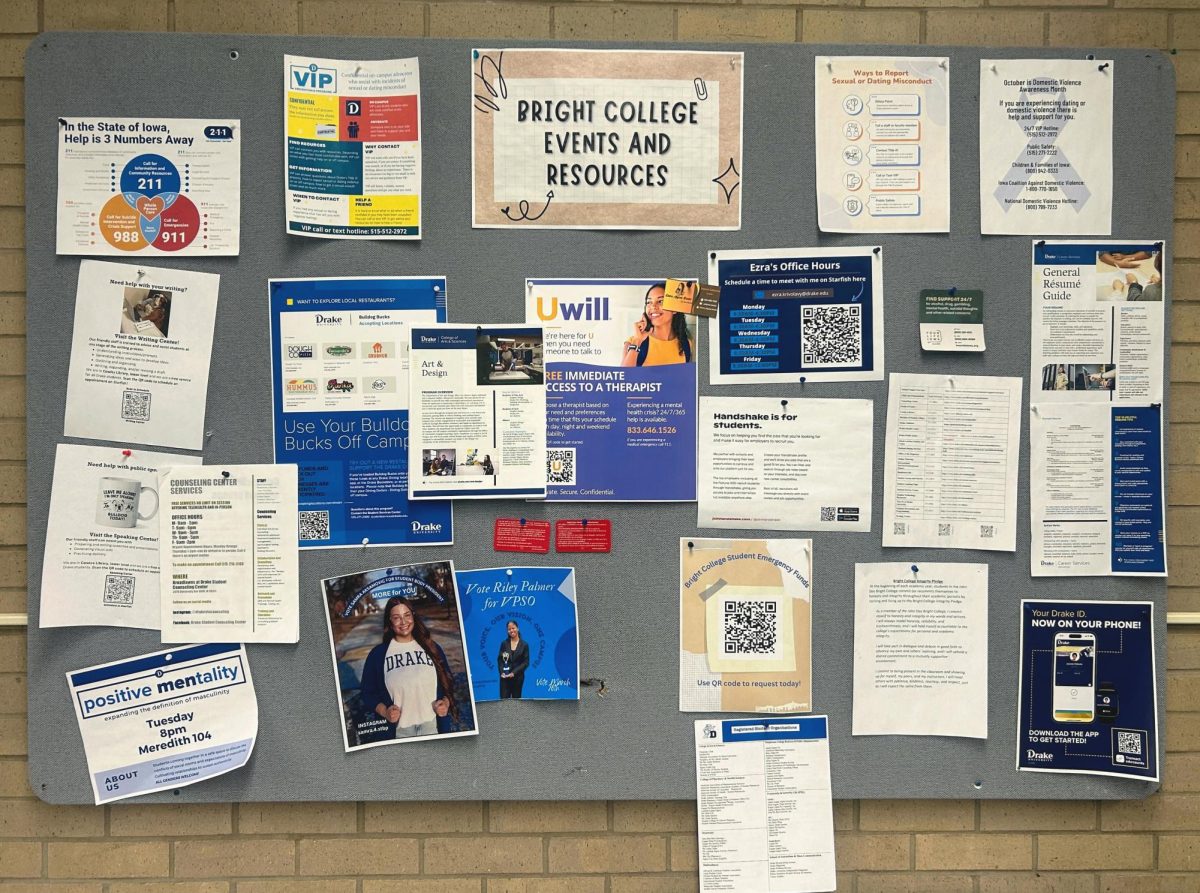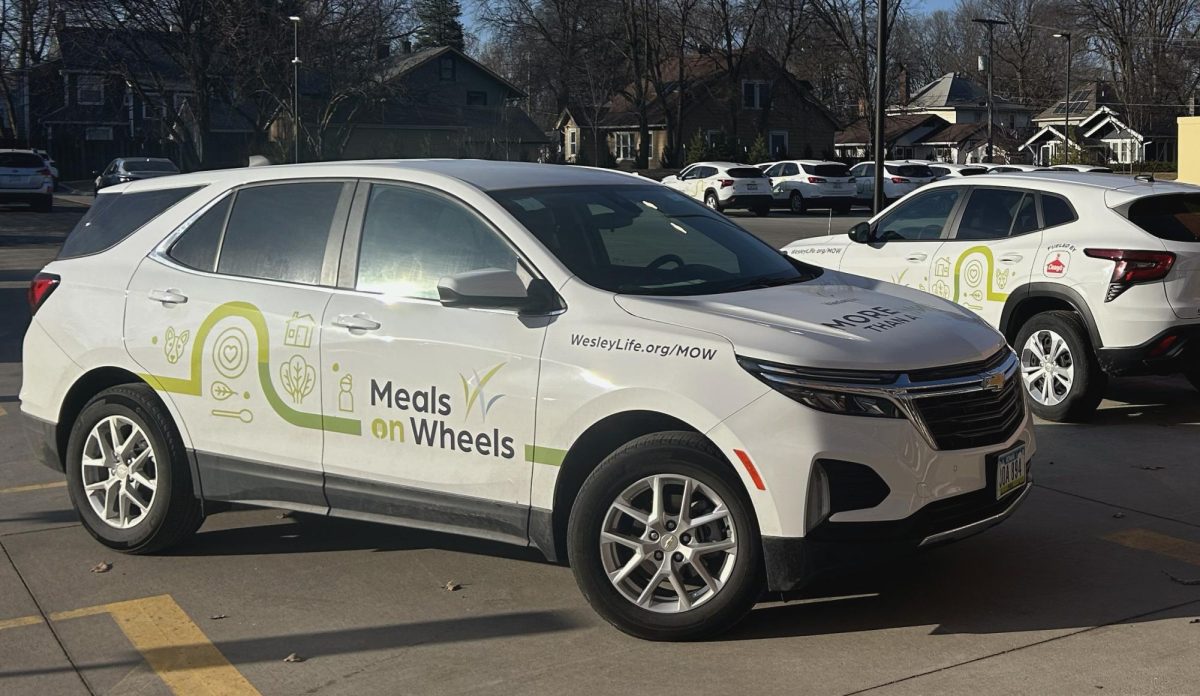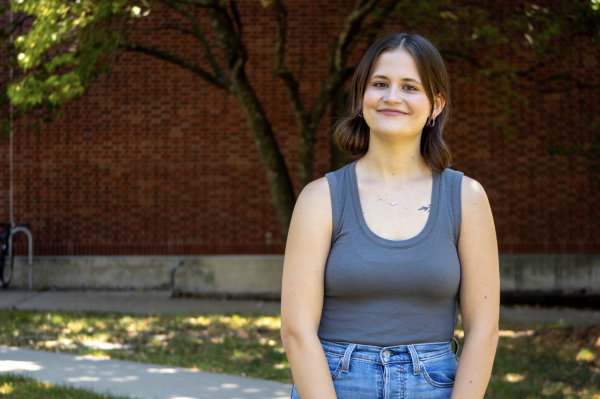Michael Ferrari became Drake University’s president in 1985. One of Ferrari’s main goals during his tenure was to revitalize the properties surrounding the campus at 25th Street and University Avenue. He worked with developer William C. Knapp to buy surrounding properties and add new features, including apartments, a motel and the Drake Diner, The Des Moines Register reported.
The Drake Neighborhood stretches from 42nd Street to Martin Luther King, Jr. Parkway and from Interstate 235 to Franklin Avenue in Des Moines.
In the decades following Ferrari’s development project in 1985, the neighborhood surrounding Drake has seen significant change. From older projects like the 1987 construction of the Drake Diner to future developments such as the installation of Toppling Goliath Brewing Co. set to open sometime in 2025, construction has been extensive.
Sarah Judson Brown graduated from Drake in 1993 and lived in Clive after graduating. She has observed how much the neighborhood has changed in recent years.
“When you see something all the time, you don’t notice the changes as much,” Judson Brown said. “Then in 2014, my husband took a job up in St. Cloud. I think it was a good eight years before we really were back for Relays, so there were some changes that happened before we left. But then, holy smokes, it went crazy.”
The addition of a Walgreens at the corner of University Avenue and 30th Street stood out to Judson Brown when she came back to campus.
“When I was a student, the closest place like a pharmacy was called Dick’s Pharmacy,” Judson Brown said. “It was like smaller than small. It was big enough for a few shelves of if you needed some Tylenol or personal product or whatever and then magazines, that’s about all there was there.”
The pharmacy sat on a block of smaller businesses where Peggy’s Tavern still sits today. There were also other businesses surrounding campus, including a fishing store and Home Team Pizza shop, Judson Brown said. She also saw significant changes in making Drake stand out from the surrounding neighborhood and creating a more distinctly college-town environment.
“When I was a student, they didn’t really have the ‘where is the Drake University front door? Where is ‘welcome to Drake?’ Where is the signage?’” Judson Brown said. “Picture in your mind if you’re driving east on University and you’re starting, you’re in the Waveland neighborhood and the east of campus neighborhood, and then, boom, suddenly there’s a university.”
Jason Stuyvesant, a member of the Drake Neighborhood Association’s board of directors, echoes the sentiment of the University seemingly appearing out of nowhere, creating a sense of disconnection, before construction changes.
“I was a student from ‘98 and back then, Drake was kind of like an island of university among the neighborhood,” said Stuyvesant. “Other than Peggy’s, Library and West End, students didn’t really go anywhere to the neighborhood businesses. And since then, they’ve kind of made it a lot more part of the community.”
Integrating Drake into the surrounding environment occasionally meant altering the community already there. Judson Brown recalls walking through a neighborhood where the West Village apartments are now to get from Greek Street to campus.
“It was post World War II or older little houses, little wooden houses that were all there,” Judson Brown said. “There’s several, at least a block of those. I would walk to 34th Street from that section of campus down to Greek Street down that stretch there so we were walking through that area with these little wooden houses.”
The construction of the Knapp Center in 1993 also affected the Drake neighborhood to the north of campus.
During her time as a Drake student, Judson Brown believed the University had a good relationship with the neighborhood. Student organizations were involved in the local community, and her sorority, Chi Omega, did yard work for an older woman living alone in the neighborhood. However, there were still some safety concerns among students.
“We were actually warned as students not to walk too far east,” Judson Brown said. “You were good [for] about a couple of blocks and then a couple blocks east of campus, but then you really shouldn’t walk without a friend or two or three you know more than just a couple of blocks.”
Although this caution was stressed when Judson Brown was a student, Stuyvesant said Drake now encourages interactions with the neighborhood, from surrounding parks to ice cream shops.
“The University does a really good job of supporting the area and directing people here,” said Stuyvesant. “It’s mentioned in the maps, mentioning the businesses, that there are things for students. [Drake] can encourage students to venture east of 20th [street].”
This encouragement, starting when the admissions office hands incoming students with a map of Drake including the Drake neighborhood attractions, has led Stuyvesant to seeing more students leaving the island of campus he experienced in 1998.
“The amount of students who you see hustling and bustling through Dogtown is a lot higher than when I was here,” said Stuyvesant. “But you know, when I was here, Mars wasn’t here. We didn’t have Dough Co., we didn’t have Lucky Horse. I would have loved to have that to hang out with friends.”
This increase in foot traffic can also be attributed to a recent focus on the marketing aspects in Dogtown. One of Drake’s marketing capstones, MKTG195 – Marketing Management, is currently focused on helping to give a cohesive brand to Dogtown and the surrounding neighborhood.
“Right now, Dogtown socials is run by nonprofits, ChoiceDSM, CreativeDSM, but they aren’t paid to get that done,” said Caitlin Judkins, a senior and reporting director in the capstone. “They are a non-profit for all of Des Moines, so they are spread very far. We come in to try and help them out, because you can only do so much with so many resources.”
The capstone project completed marketing research earlier this semester and is now using the data to help make content for the socials to post, as well as determining when the best time to post each batch of content.
“To make sure we demonstrate what residents want to see, we will go to Drake neighborhood meetings, attend business owner meetings, and they’ll come to our class meetings sometimes,” said Judkins. “Drake wants to have a strong surrounding community, and Dogtown benefits because students will go to the stores. If Dogtown flourishes, then Drake can reel in more students. While [Dogtown and Drake] are independent, they work together a lot. They live here and we live here, so the interests align.”
Despite the changes to the neighborhood and marketing, Drake still feels like the same place and retains the same atmosphere to Judson Brown.
“Drake is special and will always be special,” Judson Brown said. “Even with all the changes that it’s gone through, it’s still the Drake that I know and love.”

